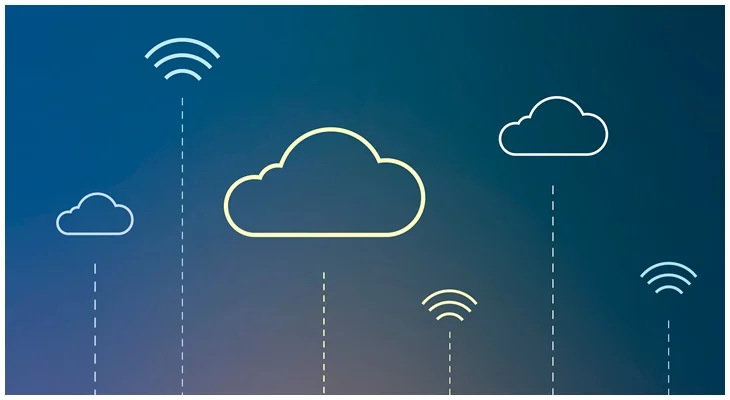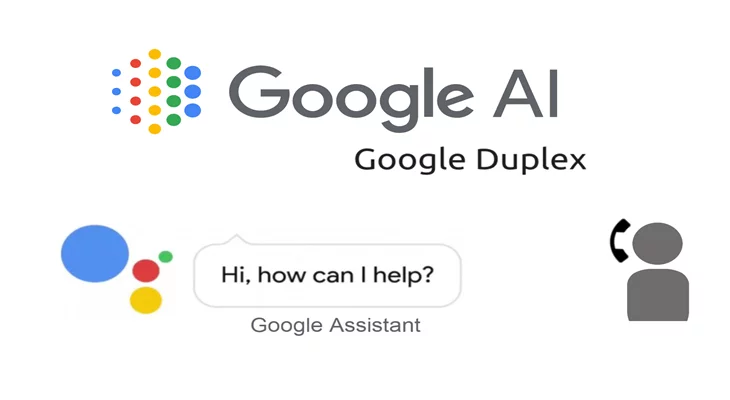Distributed Cloud Explained?
Distributed cloud gets used by users that do not wish to develop, buy, or maintain their own IT infrastructure. They can also use the classic cloud computing model. Moreover, this model provides on-demand, metered access to computing resources. These resources can be storage, servers, databases, and applications.
Virtualization techniques allow isolation and protection of individual user data. Also, public cloud service providers maintain and run massive server farms. In conclusion, these resources get shared among customers.
All the monitoring and administrative components are transparent to cloud users. Moreover, these ensure to keep the cloud up and operating. Also, site redundancy across regions allows for recovery from outages and disasters.
Distributed cloud computing extends distributed computing to the cloud infrastructure itself
This spreads processing efforts across several networked servers. A distributed cloud is an application execution environment.
In this application, components get hosted in geographically separated locations. Also, these locations match the program's needs.
A public cloud computing service enables you to manage public cloud infrastructure. This can get managed across many locations. It also includes on-premises, other cloud providers' data centers. It also has third-party data centers or colocation centers. These are all controlled from a single control plane.
Your organization may deploy and run apps or specific application components. This gets done in a combination of cloud locations and settings. Also, these settings best meet your requirements for performance, regulatory compliance, and more.
All this gets accessed with the targeted, centrally managed distribution of public cloud services. In the hybrid cloud or multi-cloud settings, operational and management inconsistencies might arise. Distributed cloud solves this problem.
How Distributed Cloud Works?
Cloud Computing allows users to avoid maintaining and operating their own IT infrastructure. Also, it converts CAPEX to OPEX. It does this by employing a utility-like model of purchasing computation. Storage on demand is the primary benefit of using cloud services.
Some more features are available to buy with distributed cloud computing. This includes the ability to request to store certain data in specified countries. It achieves a specific performance target for latency or throughput. This is formalized as Service Level Agreements (SLAs), between the user and the cloud provider.
The cloud provider's role is to conceal the complexity of how such SLAs get met. This also could entail constructing extra cloud infrastructure in specific regions. Also, forming partnerships with cloud providers currently present in those areas. Additionally, high-speed data linkages between these geographically scattered data centers must get established.
Major cloud providers have their own technology
They integrate those into these distributed cloud data centers. This intelligently places data, computation, and storage to meet SLAs. In the meantime, they are remaining transparent to cloud service consumers.
Distributing cloud compute resources throughout the globe is simple from the user's perspective. Moreover, users can deploy compute workloads to a variety of points of presence (PoPs). Variable degrees of CPU power throughout the world make this achieveavle.
Distributed cloud, in effect, extends the provider's centralized cloud. It does so by deploying micro-cloud satellites across the globe. All distributed infrastructure operations, updates, governance, security, and dependability are under the responsibility of the cloud provider.
Also, the user sees everything as a single cloud. This includes the centralized cloud services and satellites wherever they are. Also, they can manage it all from a single control plane.
Advantages of Distributed Cloud
Everything from easier multi-cloud management to better scalability is under a distributed cloud. Distributed cloud also aids the deployment of cutting-edge automation and decision support applications.
Improved visibility and manageability of hybrid cloud/multi-cloud architecture
Distributed cloud assists any business gain more control over its hybrid multi-cloud infrastructure. It gives visibility and administration from a single interface with a set of tools.
Scalability and agility that is both efficient and cost-effective
Expansion of a specialized data center or constructing new data center sites in different regions is costly. Also, it is time-consuming. With the distributed cloud, a company can create and deploy in any environment. Also, the same tools and staff achieve this. Moreover, there is no need to build out new infrastructure or edge locations.
Easier industry or regional regulatory compliance
Many data privacy laws stipulate that a user's personal information (PI) cannot be transferred outside of the user's jurisdiction. Organizations can process personal information in each user's country of residency. Distributed cloud infrastructure facilitates this. In healthcare, telecommunications, and other industries, this is helpful.
Processing data at the source can make it easier to follow data privacy requirements.
Faster content delivery
Storing and distributing content from locations closer to users improves delivery speed. Content delivery network (CDN) on a distributed cloud improves streaming video content performance. It also improves the user experience.
Applications involving the Internet of Things (IoT), artificial intelligence (AI), and machine learning:
Video surveillance, manufacturing automation, self-driving cars, etc. require real-time data processing
Also, healthcare applications cannot wait for data to go to a central cloud data center and back. These applications need minimal latency. This need gets fulfilled via the distributed cloud and edge computing.
Disadvantages of Distributed Computing
Complexity
Compared to their centralized equivalents, distributed computing systems are more difficult to deploy. Moreover, they are difficult to manage, troubleshoot and debug. Distributed systems need software that can handle security and communications. Also, the increasing complexity does not get confined to the hardware.
Initial Investment Costs are Higher
A distributed cloud has a higher deployment cost than a single system. It involves an increased cost of processing overhead. This owes to more computation and information exchange increasing cost.
Concerns about security
In a centralized computing system, data access can get regulated. But, managing security in distributed systems is a difficult task. Users must be able to control replicated data across various locations. Also, it is necessary to keep the network secure.
Downtime
Many cloud computing users have suffered downtime. Power outages, slow internet, service maintenance, and also technical issues are all possibilities.
Performance fluctuation
Another disadvantage of working in a cloud environment is performance fluctuation. Also, there are many apps running on a single server at the same time. Moreover, there is a potential that performance issues will arise due to shared resources.
Low Bandwidth
As stated, cloud service providers limit their clients' bandwidth usage. If your company's quota gets depleted, you'll have to pay an extra fee, which might be large.
Lack of assistance
Cloud companies' failure to provide timely technical support frustrates the client. This is also inconvenient, especially for teams with limited technical expertise.
Distributed Cloud Example
Some usage scenarios to motivate distributed cloud computing include the following:
Intelligent Transportation
Trucks driving in the echelon can process data from onboard and road sensors. This helps them to maintain a constant speed and separation from other vehicles. Also, they keep reporting traffic and engine data to a central cloud.
A fleet management application on a regional cloud monitors their journey to the destination. It also analyzes data from many vehicles. It helps to determine ideal routes and identify vehicles needing maintenance.
Intelligent Caching
A large over-the-top video service provider uses a central cloud to transcode and format videos. They do it for different device types supplied over different networks. It uses globally scattered CDNs to cache material in many forms. It pre-positions content in caches nearest to end-users. Anticipation of high demand for a recently launched series in a particular region causes this move.
For example, storage collocated with cable head ends to serve a home location. Or at 5G base stations in congested metropolitan areas for mobile viewing.
Conclusion
Future applications will focus on mobile, IoT, and AR/VR. For an excellent client experience, everyone would need distributed computing services. In the coming years, one of the most important factors in the success of an IT solution will be customer experience. Distributed cloud computing would ensure a better customer experience.
Distributed cloud computing has superior performance and greater dependability. In conclusion, this makes it a better alternative for enterprises dealing with high workloads, data.
Moreover, with the upcoming of new refinements, distributed cloud will become even better.
You may like to read:
5G in Industrial Manufacturing: How Is It Transforming The Industry





